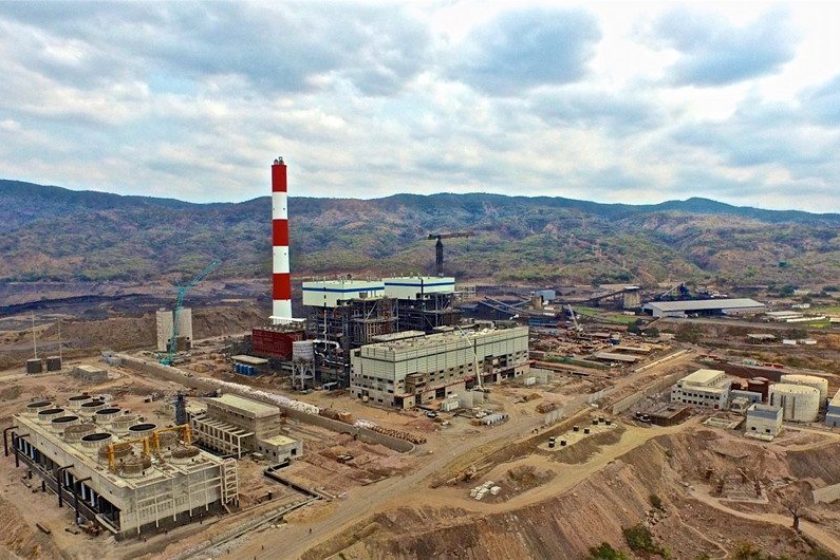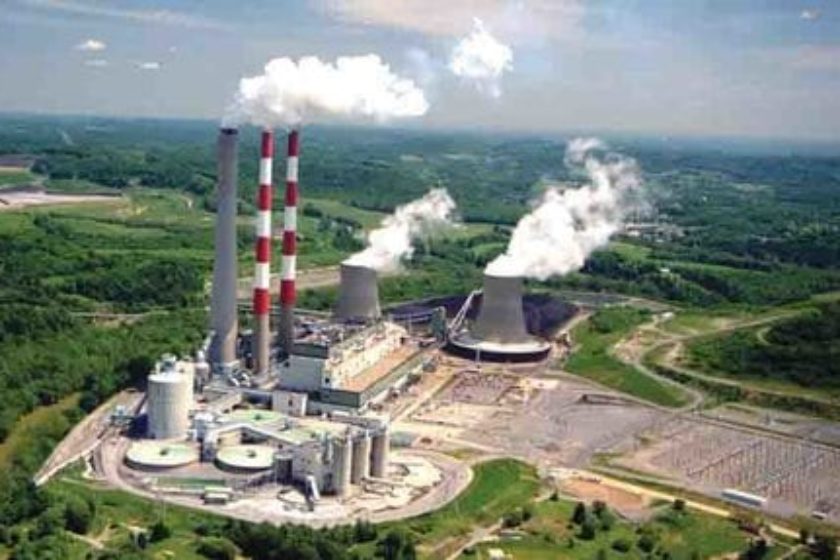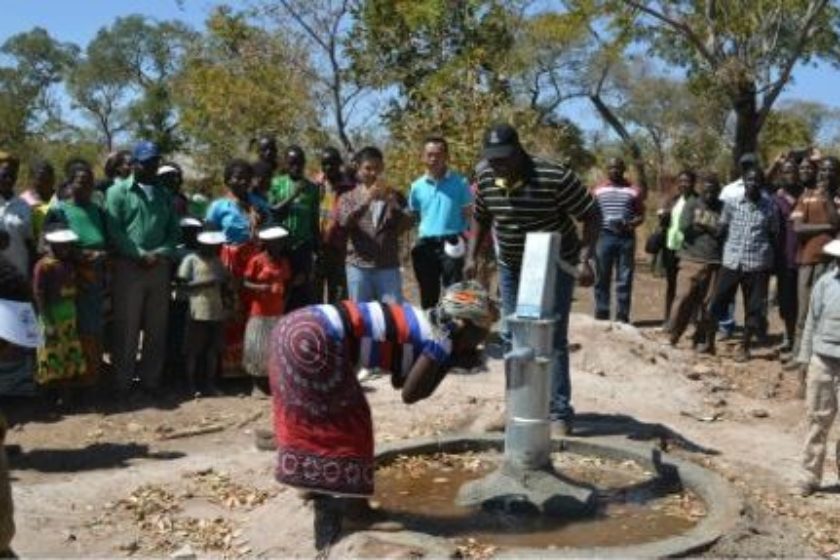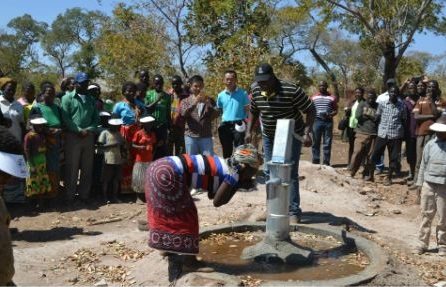MAAMBA Collieries Limited is ready to double its thermal-generated power at the newly-commissioned plant to 600 megawatts (MW) once tariffs are increased to reflect actual cost of producing electricity.
Currently, the Maamba coal-fired power plant has an installed capacity of 300MW but only 150MW was commissioned last week and connected to the national grid through Zesco Limited, which signed a memorandum of understanding with the company to start supplying electricity to the latter.
Zambian electricity tarrifs are said to be the lowest in the region and cost below US$0.6 cents per kilowatt hour for domestic consumers while the regional average is between US$10 and 20 cents.
Maamba Collieries Limited chairman Ashok Devineni said the company is ready to increase the generation capacity of the thermal power plant from the current 300MW to 600MW if tariffs are increased to reflect actual cost of electricity.
The coal-fired power plant was commissioned last week with 150MW connected to the national grid while the other 150MW will be connected this month-end and it is expected to help reduce the power cuts, which have affected the country recently.
Mr Devineni said the planned increase in electricity generation has to happen to keep pace with the growing demand in the country.
“Maamba can contribute by expanding the capacity of the power plant by an additional 300MW to ensure a total of 600MW if Zesco can guarantee the off-take. Our expansion will be time, cost and resource efficient. It can be set up in 24 months.
“We must, however, acknowledge the fact that creating new generation capacity will be an uphill task unless and until the electricity tariffs are revised to reflect the true cost of procurement for Zesco. Actually, sustaining the present 300MW generation will itself be difficult, given the present miss-match of tariff and cost of supply,” he said.
The plant, whose investment is US$738 million, will help diversify the power generation sources in the country, which is heavily dependent on hydro power, thereby insulating Zambia from energy shortage during the years of low rainfall.
And Zesco Limited managing director Victor Mundende said there is need to migrate and start charging cost-reflective tariffs.
“Once we have cost-reflective tariffs in place, Maamba or any other independent power producer can sell anywhere while Zesco can help by providing its transmission network,” he said.
Source: Lusaka Times




